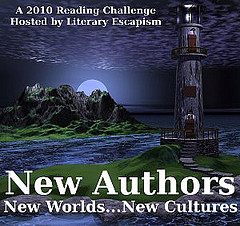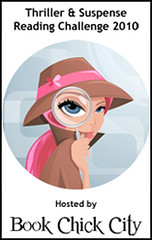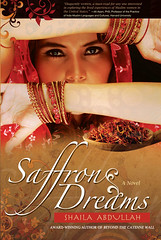
Another great find of the introduction is how to appropriately conduct a patch test to determine whether you are allergic to a particular compound or ingredient in each recipe. For those with sensitive skin, this will come in handy, especially since many of the recipes include alternatives should they find themselves allergic to a particular material. For those concerned about the shelf life of these products, not to worry because there are natural preservatives can be added to stave off bacteria, fungi, and other toxic elements that can render the products ineffective.
In the Handmade Beauty Basics chapter, Gabriel outlines what amount of space is necessary and what tools should be on hand to mix the minerals and other ingredients to make a variety of makeup and cleansing products. Readers should be sure to ensure that their work space should be clean, using ethanol, and that tools are either stainless steel or medical glass, which needs to be cleaned before and after each use. Most ingredients can be found in the grocery store, home cupboards, or drug stores; for those interested, many of these recipes are used to create products for Gabriel’s Petite Marie Organics line of cosmetics.
Since many readers will be trying these recipes for the first time, it is helpful that Gabriel included some FAQs to deal with common problems found when making these natural products. From fixing moisturizers that are too runny to offering ten steps to finding and creating toners, Green Beauty Recipes offers a number of remedies, recipes, and advice. Gabriel’s experience as a holistic nutritionist and mother dedicated to eco-friendly living shines through in this reference guide. Readers can either jump in all at once or take on a few recipes to tackle their top beauty concerns.
***This book is published by a carbon-neutral, eco-conscious publisher, Petite Marie, and distributed by Ingram.***
Julie Gabriel is a holistic nutritionist educated at Canadian School of Natural Nutrition. A former magazine beauty editor, a television journalist, a weight loss coach, and a new mom, Julie Gabriel is a dedicated advocate of green living and holistic natural eating.
A Canadian living in Switzerland, Julie is a regular guest at Martha Stewart’s Living Radio and has been featured in USA Today, Washington Post, Toronto Star, Sun Sentinel, Natural Solutions, Body & Soul, and many other publications.





 Chitra Banerjee Divakaruni‘s One Amazing Thing is brilliant in its ability to capture reader’s attention and hold it throughout the narrative as the points of view change and characters share a life-changing moment. Divakaruni’s writing places readers in the room with her characters and traps them there, making the terror of their impending doom real. Each character is at the visa office seeking papers to travel back to India when something happens and causes the building to partially collapse upon them.
Chitra Banerjee Divakaruni‘s One Amazing Thing is brilliant in its ability to capture reader’s attention and hold it throughout the narrative as the points of view change and characters share a life-changing moment. Divakaruni’s writing places readers in the room with her characters and traps them there, making the terror of their impending doom real. Each character is at the visa office seeking papers to travel back to India when something happens and causes the building to partially collapse upon them. About the Author:
About the Author:







